Can You Keep Mice As Pets? Exploring the realities of keeping wild mice versus domesticated fancy mice, this guide from PETS.EDU.VN dives deep into the health risks, ethical considerations, and practical needs. Learn if a house mouse can truly thrive as a pet, or if other small companions might be a better fit. Discover the pros and cons of mouse ownership, responsible rodent care tips, and find reliable pet resources.
1. Understanding House Mice: Wild vs. Domesticated
A house mouse, scientifically known as Mus musculus, is a small rodent characterized by its pointed snout, rounded ears, and a slender, almost hairless tail. These creatures typically display an agouti coloration, where individual hairs exhibit bands of different colors, resulting in a brownish appearance with subtle streaks of black, white, or gray under natural light. According to a study by the National Research Council, wild house mice and domesticated fancy mice belong to the same species, yet their behaviors and health profiles differ significantly due to selective breeding and environmental factors.
1.1. Key Differences Between Wild and Fancy Mice
While wild house mice and fancy mice share the same scientific classification, their temperaments and suitability as pets diverge considerably. Domesticated mice, often referred to as fancy mice, are selectively bred for their docile nature, ease of handling, and companionship. These animals are accustomed to human interaction and generally thrive in a captive environment, exhibiting minimal stress when handled gently. Conversely, wild house mice are driven by survival instincts, prioritizing foraging, nesting, and evading predators. They are inherently wary of human contact and may display heightened anxiety, stress, and escape attempts when confined to a cage.
1.2. Health Concerns Associated with Wild Mice
One of the most significant distinctions between wild and fancy mice lies in their potential to carry diseases and parasites. Wild house mice frequently harbor a variety of pathogens, including salmonella, typhus, and even the plague. They can also transmit internal parasites like tapeworms, posing a risk to other pets within the household. Furthermore, wild mice are known carriers of hantavirus, a family of life-threatening diseases that can cause severe respiratory illness in humans. In contrast, reputable breeders of fancy mice prioritize health screenings and genetic testing to minimize the risk of disease transmission, ensuring the well-being of their animals and their owners.
2. Ethical Considerations: Can You Keep a Wild Mouse as a Pet?
Before deciding to keep a wild house mouse as a pet, it’s essential to consider the ethical implications of removing an animal from its natural habitat and confining it to a cage. While there may be compassionate intentions behind rescuing a wild mouse, it’s crucial to weigh the potential harm to the animal against any perceived benefits.
2.1. Stress and Confinement
Wild mice are adapted to roam freely within their natural environment, foraging for food, building nests, and interacting with other members of their colony. Confining a wild mouse to a cage can induce significant stress, anxiety, and behavioral changes. According to a study published in the journal “Applied Animal Behaviour Science,” captive wild rodents often exhibit stereotypical behaviors such as excessive grooming, bar-biting, and pacing, indicating a compromised state of well-being.
2.2. Social Needs
Mice are social animals that thrive on interaction with their own kind. They typically live in colonies consisting of multiple individuals, engaging in cooperative behaviors such as grooming, nesting, and defense. Keeping a wild house mouse in isolation can deprive it of essential social interactions, leading to loneliness, depression, and a decline in overall quality of life.
2.3. Disease Transmission
As previously mentioned, wild mice can carry a variety of diseases and parasites that pose a risk to humans and other pets. Handling a wild mouse increases the likelihood of disease transmission, particularly if the animal is stressed, injured, or ill. Furthermore, introducing a wild mouse into a household with existing pets can expose those animals to pathogens they may not have encountered before, potentially leading to illness and veterinary expenses.
3. Alternatives to Keeping a Wild Mouse
If you’ve captured a wild house mouse and are unsure of what to do, consider the following alternatives to keeping it as a pet:
3.1. Relocation
The most humane option is to relocate the mouse to a suitable habitat away from your home. According to the Humane Society of the United States, mice are highly intelligent animals with a strong sense of direction. Releasing a mouse too close to its original nest can result in it finding its way back to your property. It is recommended to transport the mouse at least two miles away from your home to prevent it from returning.
3.2. Wildlife Rehabilitation
If the mouse is injured, ill, or orphaned, contact your local wildlife rehabilitation organization for assistance. These organizations have trained professionals who can provide the necessary medical care, nutrition, and rehabilitation to help the mouse recover and return to the wild. Wildlife rehabilitators adhere to strict ethical guidelines to ensure the well-being of the animals under their care, prioritizing their release back into their natural habitat whenever possible.
3.3. Humane Euthanasia
In cases where the mouse is severely injured, terminally ill, or suffering from a condition that significantly compromises its quality of life, humane euthanasia may be the most compassionate option. Consult with a veterinarian or wildlife rehabilitator to determine if euthanasia is appropriate and to ensure that the procedure is performed in a manner that minimizes pain and distress.
4. Understanding “Docile” House Mice
House mice are, by nature, prey animals. Their instinct is to flee from threats. However, you might come across a house mouse that appears calm, accepting handling, eating from your hand, and seemingly comfortable. This might seem like an ideal pet, but caution is warranted.
4.1. Why “Docile” May Mean “Sick”
A mouse that doesn’t exhibit normal fear responses might be ill. Illnesses, including those from ingesting poison, can cause lethargy and neurological issues. This can make the mouse seem disoriented or unusually calm.
4.2. The Risks of Handling a Potentially Sick Mouse
Handling a wild animal that may be sick poses a risk to your health. It’s best to avoid direct contact and instead relocate the mouse or contact a wildlife rescue organization.
4.3. The Best Course of Action
The most responsible action you can take for a captured house mouse is to relocate it away from your home or contact a local wildlife rescue organization. Keeping it as a pet could be more complicated than you expect.
5. Setting Up a Suitable Habitat for Pet Mice
If you’re committed to providing a safe and enriching environment for pet mice, whether they’re domesticated fancy mice or rescued wild mice, it’s essential to create a habitat that meets their physical and behavioral needs.
5.1. Enclosure Size and Design
The enclosure should be spacious enough to accommodate the mice comfortably, allowing them to move freely, explore, and engage in natural behaviors such as running, climbing, and burrowing. According to the Merck Veterinary Manual, a suitable cage for two to three mice should measure at least 18 inches long, 18 inches wide, and 10 inches tall. The enclosure should be made of durable, non-toxic materials that are easy to clean and disinfect. Wire cages with solid bottoms are preferable to plastic cages, as they provide better ventilation and prevent the accumulation of moisture and odors.
5.2. Substrate and Bedding
The bottom of the enclosure should be lined with a layer of absorbent bedding material to provide cushioning, insulation, and a place for the mice to burrow and nest. Suitable bedding options include shredded paper, wood shavings, and commercial pet bedding products made from recycled paper or wood pulp. Avoid using cedar or pine shavings, as they contain volatile oils that can be harmful to mice. The bedding should be spot-cleaned daily to remove soiled areas and replaced entirely at least once a week to maintain hygiene.
5.3. Enrichment and Accessories
To keep your pet mice mentally stimulated and physically active, provide a variety of enrichment items and accessories within their enclosure. These can include:
- Running wheels: Solid-surface running wheels allow mice to exercise and burn off energy.
- Climbing structures: Branches, ladders, and platforms encourage climbing and exploration.
- Hiding places: Cardboard boxes, PVC pipes, and ceramic caves provide secure retreats for resting and nesting.
- Chew toys: Wooden blocks, cardboard tubes, and mineral chews help keep teeth trimmed and prevent boredom.
6. Nutritional Needs of Pet Mice
Providing a balanced and nutritious diet is essential for maintaining the health and well-being of pet mice.
6.1. Commercial Mouse Food
The primary component of a mouse’s diet should be a high-quality commercial mouse food formulated to meet their specific nutritional requirements. These diets typically contain a blend of grains, seeds, vegetables, and protein sources, along with essential vitamins and minerals. Look for mouse food that is specifically labeled for mice, as other rodent diets may not provide the appropriate balance of nutrients.
6.2. Supplemental Foods
In addition to commercial mouse food, you can supplement your mice’s diet with small amounts of fresh fruits, vegetables, and seeds. Suitable options include:
| Food Group | Examples |
|---|---|
| Fruits | Apples, bananas, berries, melon |
| Vegetables | Broccoli, carrots, cucumber, peas, spinach |
| Seeds & Nuts | Sunflower seeds, pumpkin seeds, flaxseeds, walnuts (in moderation) |
| Protein | Cooked chicken, boiled eggs, mealworms (as occasional treats) |
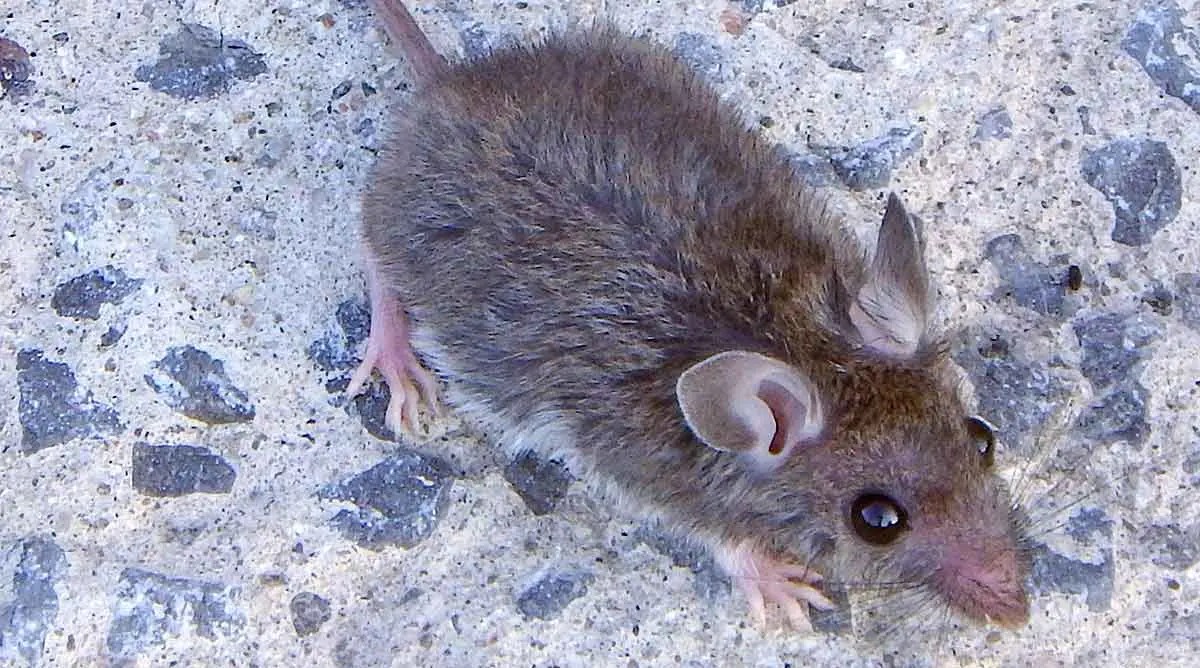
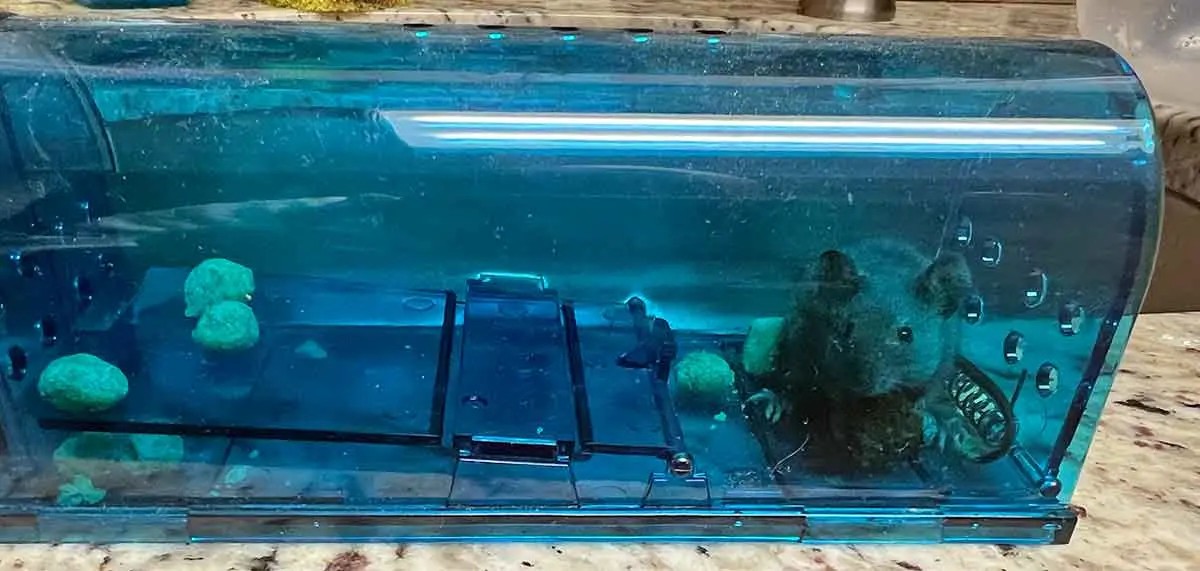
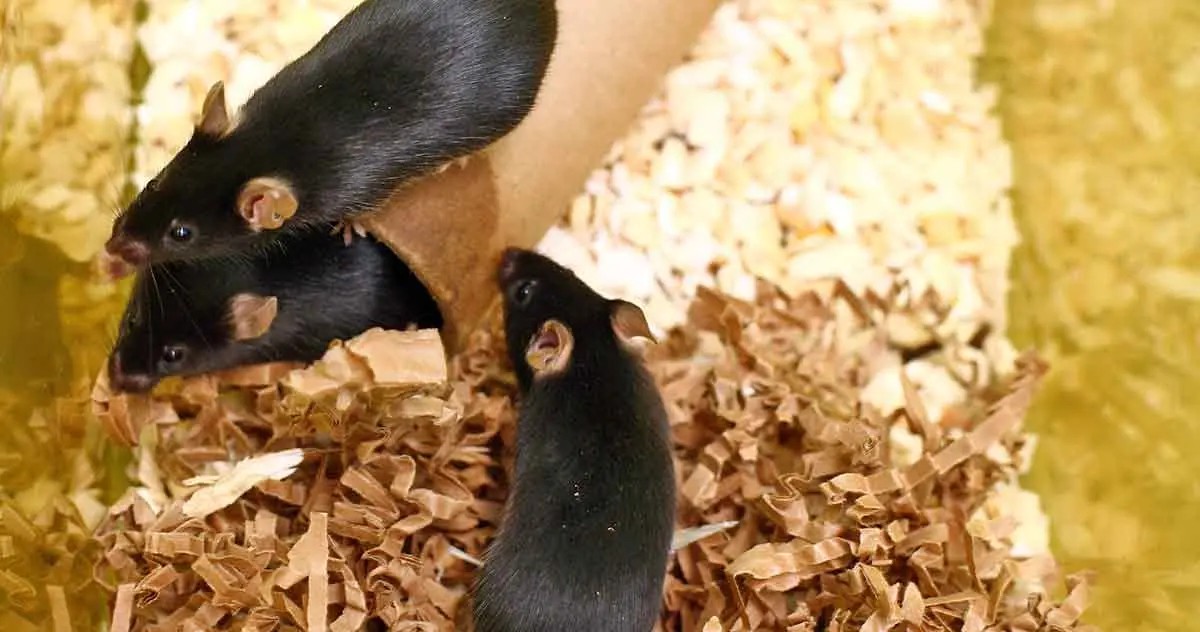

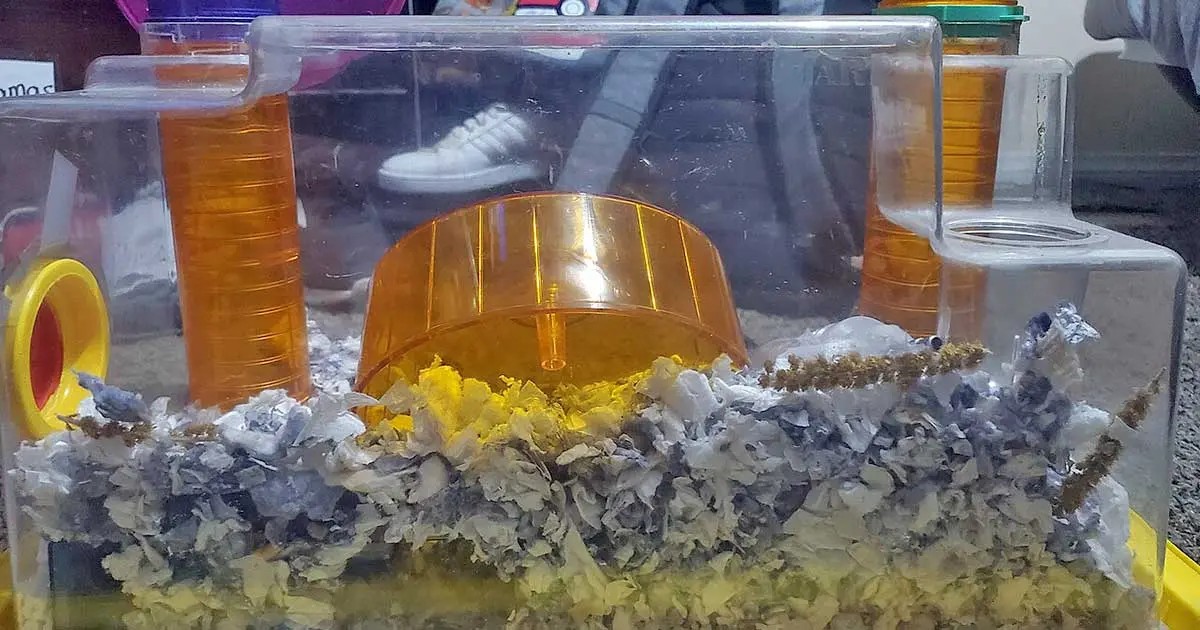
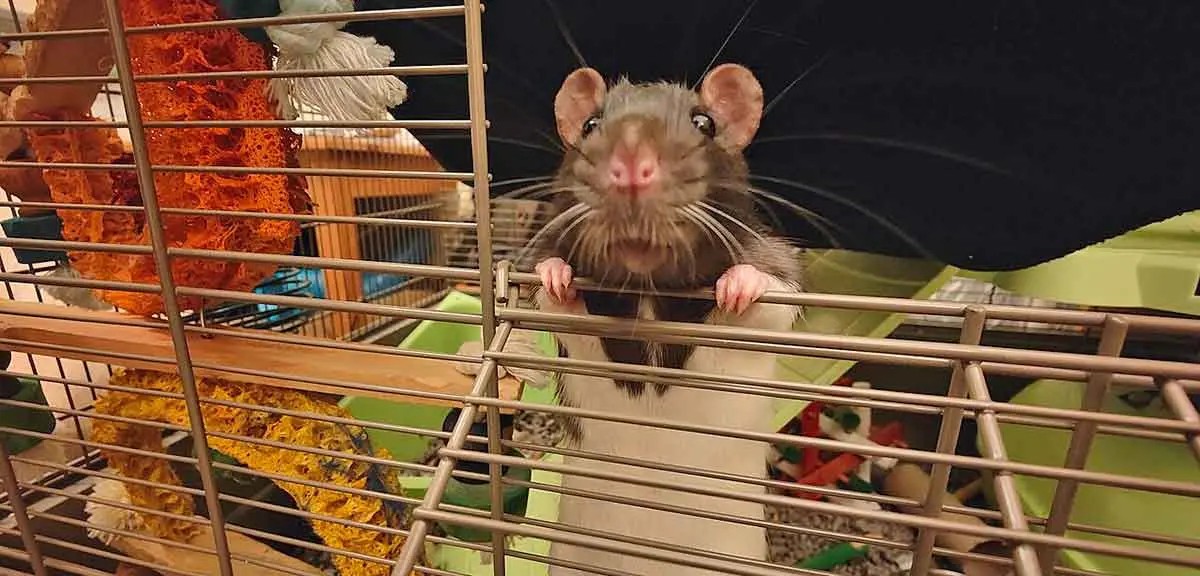
Offer supplemental foods in small quantities to prevent overfeeding and obesity. Remove any uneaten fresh foods promptly to prevent spoilage.
6.3. Water
Fresh, clean water should be available to your mice at all times. Provide water in a sipper bottle or a heavy ceramic bowl that cannot be easily tipped over. Change the water daily and clean the bottle or bowl regularly to prevent bacterial growth.
7. Health and Veterinary Care for Pet Mice
Maintaining the health of your pet mice requires regular observation and preventative care.
7.1. Common Health Problems
Mice are prone to several health issues, including:
| Condition | Symptoms | Prevention/Treatment |
|---|---|---|
| Respiratory Infections | Sneezing, coughing, nasal discharge, labored breathing | Maintain good ventilation, avoid dusty bedding, seek veterinary care for antibiotics |
| Skin Problems | Hair loss, itching, redness, scabs | Rule out mites/lice with vet, maintain clean cage, consider diet changes |
| Tumors | Lumps or bumps under the skin | Monitor size/growth, consult vet about surgical removal if appropriate |
| Dental Problems | Drooling, difficulty eating, weight loss | Provide chew toys, vet may need to trim overgrown teeth |
| Obesity | Excessive weight gain, difficulty moving | Control portion sizes, encourage exercise, limit high-fat treats |
7.2. Finding a Veterinarian
It’s crucial to find a veterinarian experienced in treating rodents. Not all vets have expertise with small mammals.
7.3. Preventative Care
Regular cage cleaning, proper diet, and careful observation are essential for preventing health problems in mice.
8. Alternative Rodents as Pets
While mice can make rewarding pets, they may not be the right fit for everyone. Their relatively short lifespan and limited interaction can be a drawback for some potential owners. If you’re seeking a small companion animal with a longer lifespan and more interactive personality, consider these alternative rodents:
8.1. Fancy Rats
Fancy rats are intelligent, social, and affectionate animals that make excellent pets. They are known for their playful personalities, trainability, and ability to bond with their owners. Rats typically live for two to three years and enjoy interacting with humans, learning tricks, and exploring their environment.
8.2. Guinea Pigs
Guinea pigs are gentle, docile rodents that are relatively easy to care for. They are social animals that thrive in pairs or small groups and enjoy interacting with humans. Guinea pigs typically live for five to seven years and require a spacious cage, a balanced diet, and regular handling.
8.3. Hamsters
Hamsters are small, nocturnal rodents that can be kept as solitary pets. They are relatively low-maintenance animals that require a clean cage, a running wheel, and a balanced diet. Hamsters typically live for one to three years and can be entertaining to watch as they scurry around their enclosure.
8.4. Gerbils
Gerbils are social, active rodents that enjoy living in pairs or small groups. They are relatively clean animals that produce little odor and require a spacious cage with plenty of enrichment items. Gerbils typically live for three to five years and are known for their playful and curious personalities.
9. Finding Reliable Information and Services
Caring for pet mice, whether fancy or rescued, requires accurate information and access to reliable services.
9.1. PETS.EDU.VN: Your Resource for Pet Care
At PETS.EDU.VN, we understand the challenges pet owners face when seeking dependable information. That’s why we’re committed to providing comprehensive, easy-to-understand guides on caring for various pets, including mice and other rodents. From nutrition and health to behavior and enrichment, our articles are designed to empower you with the knowledge you need to provide the best possible care for your furry friends.
9.2. Comprehensive Guides
Access in-depth information about specific health issues, dietary needs, and behavioral traits to better understand and care for your pet.
9.3. Expert Advice
Our content is thoroughly reviewed by veterinary professionals, ensuring you receive the most accurate and up-to-date information.
9.4. Community Support
Connect with other pet owners, share experiences, and find solutions to common challenges in our community forums.
9.5. Local Services
Need to find a trusted vet, groomer, or pet store? Our directory helps you locate top-rated pet services in your area.
10. FAQs About Keeping Mice as Pets
Here are some frequently asked questions about keeping mice as pets:
- Are mice good pets for children? Mice can be good pets for older children who are responsible and gentle. Younger children may not have the fine motor skills to handle mice safely.
- Do mice bite? Mice can bite if they feel threatened or scared. Handling mice gently and calmly can help prevent bites.
- How long do pet mice live? Pet mice typically live for one to two years.
- Do mice need to be kept in pairs? Mice are social animals and should ideally be kept in pairs or small groups of the same sex to prevent unwanted breeding.
- Can I keep male mice together? Male mice can sometimes fight if they are kept together, especially if they are not introduced at a young age. Keeping male mice in a large enclosure with plenty of hiding places can help reduce aggression.
- What kind of bedding is best for mice? Suitable bedding options for mice include shredded paper, wood shavings, and commercial pet bedding products made from recycled paper or wood pulp. Avoid using cedar or pine shavings, as they contain volatile oils that can be harmful to mice.
- What do mice eat? Mice eat a variety of foods, including commercial mouse food, fresh fruits, vegetables, and seeds.
- How often should I clean my mouse’s cage? You should spot-clean your mouse’s cage daily to remove soiled areas and replace the bedding entirely at least once a week to maintain hygiene.
- Do mice need toys? Mice are active animals and benefit from having toys and enrichment items in their cage. Suitable toys for mice include running wheels, climbing structures, and chew toys.
- How can I tell if my mouse is sick? Signs of illness in mice include lethargy, loss of appetite, weight loss, sneezing, coughing, and difficulty breathing. If you notice any of these signs, consult a veterinarian experienced in treating rodents.
Conclusion: Making an Informed Decision
Deciding whether you can keep mice as pets requires careful consideration. While the idea of rescuing a wild mouse may seem appealing, the realities of their health concerns, stress in captivity, and social needs often make it a less-than-ideal choice. Domesticated fancy mice, on the other hand, are bred to be companions and generally thrive in a home environment with proper care.
Remember, responsible pet ownership starts with education. At PETS.EDU.VN, we’re dedicated to providing you with the resources you need to make informed decisions about your pet’s health and happiness.
Ready to learn more and provide the best possible care for your small animal companion? Visit PETS.EDU.VN today for expert advice, comprehensive guides, and access to a supportive community of pet owners.
Contact us for further assistance:
- Address: 789 Paw Lane, Petville, CA 91234, United States
- WhatsApp: +1 555-987-6543
- Website: pets.edu.vn
